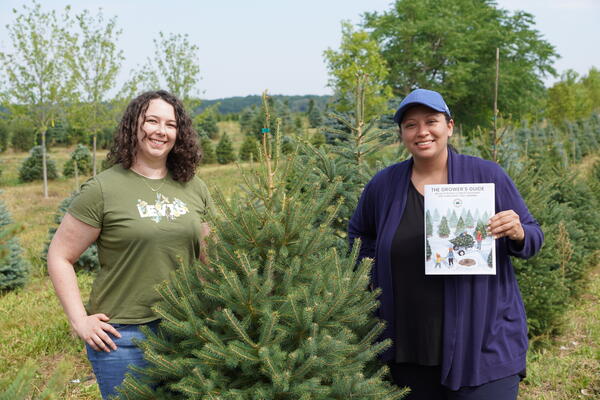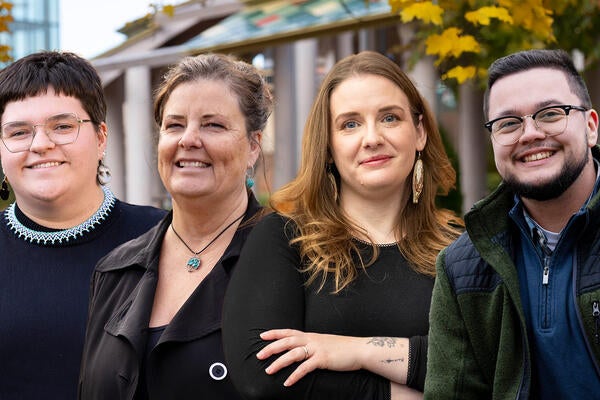
Private equity long-term care homes have the highest mortality rate during COVID-19
Nursing homes with the highest profit margins have the lowest quality, study finds.

Nursing homes with the highest profit margins have the lowest quality, study finds.
By Media RelationsThe COVID-19 pandemic revealed that for-profit long-term care homes had worse patient outcomes than not-for-profit homes. A new study found that of those for-profit homes, long-term care homes (LTCs) owned by private equity firms and large chains have the highest mortality rates.
The study, conducted by University of Waterloo professor Martine August, traced the growing dominance of financial firms in seniors housing, including LTCs and retirement living.
The study reported that nursing homes with the highest profit margins have the lowest quality as financialized ownership and are even more aggressive in seeking to extract value from care homes and the people who live and work in them.
“This study is not focused on the public or non-profit seniors’ facilities across Canada, but rather, the pension funds, private-equity firms, public companies, and other instruments treating long-term care as an asset class,” said August of Waterloo’s School of Planning. “When financial firms own and operate seniors housing, they prioritize profit at the expense of other goals."
August tracked LTC ownership data from 2003 to 2020. In that time, Canada’s top-10 financial firms doubled their holdings of LTCs since 2003. Currently, 33 per cent of seniors’ housing (including 22 per cent of LTCs and 42 per cent of retirement homes) is owned by financial firms. U.S. research offers an important caution, as private-equity ownership of US-based nursing homes was associated with a 10 per cent increase in short-term patient mortality – equivalent to the loss of 21,000 lives.
“Financial firms are in seniors’ housing for what they can take from it, not what they can contribute. This approach – and the prioritization of profits is what guides financial firms,” she said. “It’s at odds with the social and moral imperatives that underline the need to provide good homes, high-quality care and dignified environments for our elderly populations and the workers who care for them.”
The study, Securitising Seniors Housing: The Financialisation of Real Estate and Social Reproduction in Retirement and Long-Term Care Homes, was recently published in the journal Antipode.

Read more
Here are the people and events behind some of this year’s most compelling Waterloo stories

Read more
Waterloo researchers are helping to make a much-loved holiday tradition more sustainable all year round

Read more
Researchers awarded funding to investigate ecology, climate change, repatriation, health and well-being through cultural and historical lens
The University of Waterloo acknowledges that much of our work takes place on the traditional territory of the Neutral, Anishinaabeg, and Haudenosaunee peoples. Our main campus is situated on the Haldimand Tract, the land granted to the Six Nations that includes six miles on each side of the Grand River. Our active work toward reconciliation takes place across our campuses through research, learning, teaching, and community building, and is co-ordinated within the Office of Indigenous Relations.